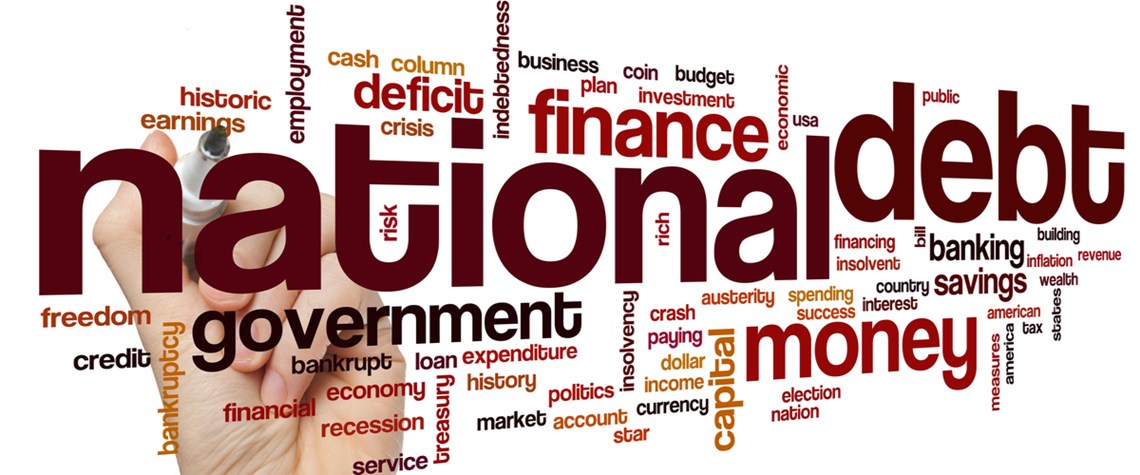Mission net zero – part two: economics
Soaring government debt relative to GDP in wake of Covid-19 leaves economists divided over best approach to funding the transition
The first part of this three-part series for Transition Economist explored the scale and cost of transforming the global energy system to net-zero emissions by 2050. Part two looks at whether governments around the world can afford to cover their share of the cost, especially after taking on massive debt to counter the negative economic impact of Covid-19. Mainstream economic theory—Keynesian and monetarist alike—suggests it will be difficult, as it will require the reprioritisation of spending from a smaller overall pool of discretionary funds, since governments will have to repay their Covid debt over time to restore debt-to-GDP ratios to more reasonable levels on a historical basis. By

Also in this section
25 April 2024
Carbon capture rates forecast to rise steadily from end of decade, but policy tools to drive large-scale deployment have yet to take shape, according to DNV
23 April 2024
Europe must unlock cross-border CO₂ trade if it wants to build a viable CCS sector for the long term
16 April 2024
US and European oil majors snap up smaller players and look to accelerate development in a region deemed to possess all the key elements for successful CCUS deployment
15 April 2024
Demand for credits seen rising 20% this year despite issues around integrity and standardisation







